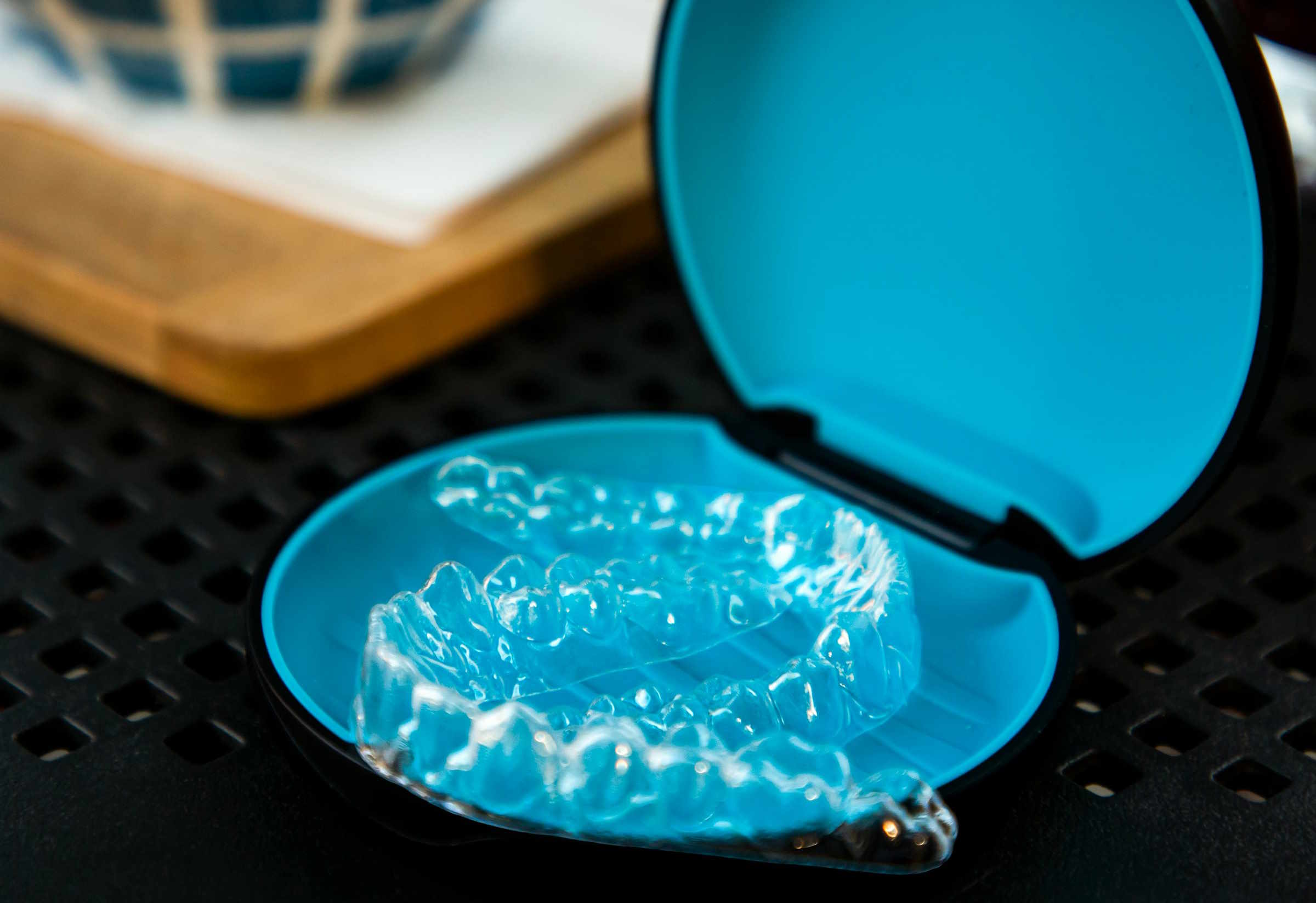Discover the Future of Dental Implants: Screwless Solutions and Considerations
If you've been considering dental implants but are concerned about cost or recovery time, screwless dental implant systems may warrant consideration. These designs aim to simplify certain procedural steps and can offer an alternative profile of comfort, timeline, and maintenance compared with traditional screw-retained implants. Availability, suitability and cost vary by clinical need, provider expertise and region; patients should consult a qualified dental professional for personalized assessment and estimates.

This article is for informational purposes only and should not be considered medical advice. Please consult a qualified healthcare professional for personalized guidance and treatment.
What Are Screwless Dental Implants?
Screwless dental implants, also known as cement-retained or friction-fit implants, deviate from the conventional design where a prosthetic crown or bridge is secured to the implant post via a visible screw. Instead, these systems utilize various methods to create a strong, stable connection without the need for an external screw. This often involves precision-engineered components that fit together with high accuracy, relying on a tight frictional grip or a specialized adhesive to maintain the restoration’s position. The primary goal is to achieve a seamless aesthetic and potentially enhance long-term stability.
How Do Screwless Implants Work?
The mechanism behind screwless implants typically involves a two-piece system: the implant body (fixture) embedded in the jawbone and an abutment that connects to the restoration. Unlike traditional screw-retained systems, the abutment and crown may be connected through a Morse taper connection, where conical components are pressed together to form a cold weld, or through specialized cements designed for dental use. This tight interface aims to prevent micro-movements and bacterial leakage, which can sometimes be concerns with screw-retained designs. The precision fit is crucial for the success and longevity of screwless dental implants, ensuring a robust and hygienic connection.
Why Are Screwless Implants Becoming a Popular Choice?
Screwless implants are gaining traction due to several perceived advantages. One key factor is the aesthetic benefit; without a visible screw access hole on the biting surface of the crown, the restoration can appear more natural and indistinguishable from surrounding teeth. This is particularly appealing for implants in highly visible areas. Furthermore, some practitioners suggest that the absence of a screw channel may reduce the risk of food trapping or bacterial accumulation, potentially contributing to better oral hygiene around the implant. Patients often appreciate the streamlined design and the potential for a more comfortable fit.
The Key Benefits of Screwless Dental Implants
Beyond aesthetics, screwless dental implants offer several functional advantages. The tight, often hermetic, seal created by friction-fit or cemented connections can minimize the risk of micro-leakage, which is a common concern in traditional screw-retained systems where tiny gaps can occur. This reduced micro-motion and bacterial infiltration may contribute to better peri-implant tissue health and potentially lower the incidence of complications like peri-implantitis. The absence of a screw also eliminates the possibility of screw loosening or fracture, which can be an inconvenience with traditional implants. Additionally, the design can allow for greater flexibility in terms of angulation and positioning of the restoration, providing more options for complex cases.
Comparing Screwless and Traditional Dental Implants
When considering dental implants, understanding the differences between screwless and traditional designs is important. Traditional screw-retained implants involve a prosthetic crown attached to the abutment with a small screw, which can sometimes be visible or require a filling material to cover the access hole. While offering retrievability and ease of repair, they may present challenges with aesthetics and potential screw-related complications. Screwless implants, conversely, prioritize aesthetics and a sealed interface, potentially reducing the risk of bacterial ingress and screw loosening. However, cement-retained options might be less retrievable without damaging the crown, and the success relies heavily on precise cementation techniques. The choice between these two approaches often depends on the specific clinical situation, patient preferences, and the expertise of the dental professional in your area.
Dental implant procedures, including screwless options, involve a significant investment. The overall cost can vary widely based on several factors, such as the type of implant material, the complexity of the case, the need for additional procedures like bone grafting or sinus lifts, the number of implants required, and the geographic location of the dental practice. It is advisable to consult with local services and dental professionals to obtain a personalized treatment plan and cost estimate.
| Product/Service | Provider Type | Estimated Cost Range (USD) |
|---|---|---|
| Single Traditional Implant | General Dentistry Practice | $3,000 - $5,000 |
| Single Screwless Implant | Specialized Oral Surgeon / Prosthodontist | $4,000 - $6,500 |
| Multi-Unit Traditional Implants | Oral Surgery Clinic | $6,000 - $15,000+ |
| Multi-Unit Screwless Implants | Advanced Dental Implant Center | $8,000 - $20,000+ |
| Implant-Supported Denture (All-on-4) | Specialized Implant Clinic | $20,000 - $35,000+ |
Prices, rates, or cost estimates mentioned in this article are based on the latest available information but may change over time. Independent research is advised before making financial decisions.
Screwless dental implants represent an exciting evolution in restorative dentistry, offering a refined approach to replacing missing teeth. Their focus on enhanced aesthetics, potentially improved hygiene, and reduced mechanical complications makes them a compelling option for many individuals. While traditional implants remain a highly effective solution, the advancements seen in screwless designs provide alternative considerations for patients and practitioners alike. Understanding these innovations helps in making informed decisions about long-term oral health and function.




